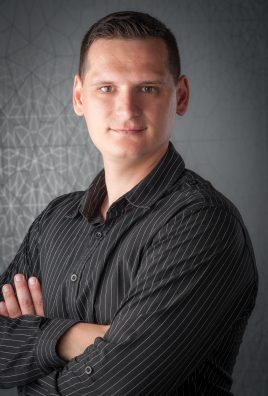

Hotel photography should be evocative at first glance. In the narrowest window of time, it needs to catch the viewer’s attention and hold it long enough to make them want to linger and learn more. It needs to be powerful enough to stand out in a crowded field of competitors, with just the right amount of content to give the viewer an insight into the brand. A tall order in any circumstances. But a challenge any photographer worth their salt rises to meet.

Before I arrived, I received a thorough briefing from the clients that explained the standards they needed to achieve with this shoot and what their expectations were. I also had the opportunity to meet the management team, who were more than happy to answer any and all questions I had with regards to the main areas they wanted to focus on.
In many ways, I was quite fortunate during the shoot, as the hotel was not yet open to the public and so the only people I was at risk of disturbing were workers and staff. Still, I wanted to create as little disruption as possible; with their opening imminent, they had enough to be getting on with.

The hotel had requested the shoot cover six principle room types including their junior suite, meeting rooms, the restaurant/bar, gym, reception, and some miscellaneous areas.
The hotel’s restaurant showcases their focus on achieving a contemporary, chic aesthetic that manages to avoid the garish overtones that often accompany such styles of décor, with an excellent colour scheme that perfectly complements the room’s natural light.
The bedrooms too were endemic of the hotel’s goal of achieving simple utilitarian function without sacrificing comfort or modern convenience. The junior suite in particular I felt was evidence of this, with two large windows that offered a clear view of the runway without the levels of noise you might expect from such close proximity to the aircraft.

Not only this but due to the increased interactivity between my camera and my other devices, I have been able to digitise a number of my capabilities into a format that is much easier to use, such as the special light painting technique I use for interior shots.
This was beneficial during this shoot for a number of reasons. Not only did it limit the number of times I had to go back and forth between my car when setting up, but it enabled me to achieve a great deal more in a shorter space of time, allowing me to work much more efficiently and within the allotted timeframes. During photoshoots, time is often the enemy, particular when it comes to cultivating the right environment. But with the Case Air Wireless Tethering System, I was given much greater control over the management of the project, from the initial set-up to the final shots.


